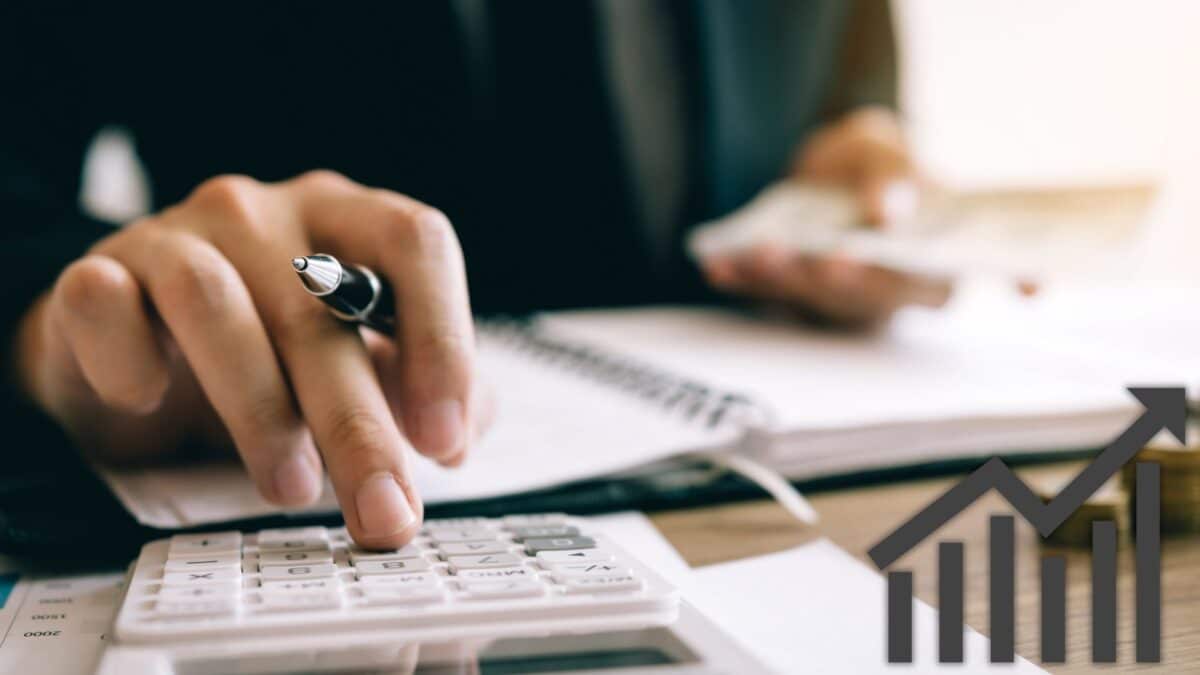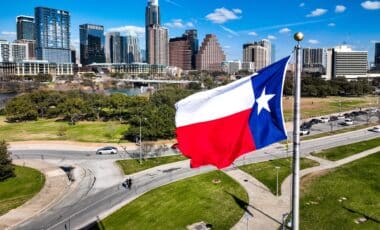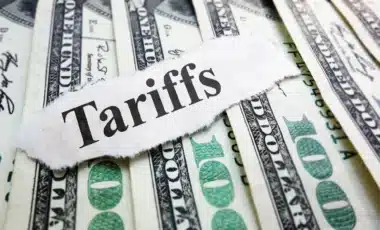Inflation in the United States has been one of the most pressing concerns for policymakers, businesses, and consumers alike over the past few years. What initially seemed like an unstoppable surge in prices is showing signs of subsiding. As inflationary pressures ease, experts are beginning to reassess the long-term economic outlook, with growing optimism for a more stable economic environment.
While it remains a significant issue, the most acute fears that characterized the earlier stages of the economic recovery are now starting to fade. Consumers, businesses, and government officials are beginning to see a more manageable future, despite the complex challenges ahead. This shift could have far-reaching effects on how the country navigates its post-pandemic recovery, the Federal Reserve’s monetary policy, and how businesses approach pricing strategies moving forward.
A Shifting Economic Landscape
As inflation begins to cool, many experts are noticing a significant shift in the broader economic landscape. In the past, surging costs on goods and services put immense pressure on families, driving up living expenses and eroding purchasing power. Recent data indicates that these price hikes are slowing down, offering some relief to households across the country.
Key indicators such as the Consumer Price Index (CPI) suggest that inflationary growth has slowed to a pace that is far less alarming than earlier in the crisis. The Federal Reserve’s aggressive interest rate hikes, along with improvements in global supply chains, have played a role in curbing runaway, especially in sectors like housing and food.
Consumer Confidence Is on the Rise
As inflation concerns subside, consumer confidence is also rebounding. Surveys show that Americans are feeling increasingly optimistic about their personal finances and the general economic situation. This shift in sentiment is crucial for maintaining a robust economy, as consumer spending is a key driver of economic growth.
Retailers and service providers are reporting stronger-than-expected sales, suggesting that people are now more willing to make purchases that were previously postponed due to rising costs. This newfound confidence could further contribute to the economic recovery, creating a positive feedback loop of spending and investment in key industries.
Inflation Is Still Present, But It’s Stabilizing
While inflation has moderated, it hasn’t disappeared entirely. Certain sectors continue to face price pressures, especially in areas like energy and housing. Gas prices, although lower than their peak, are still significantly higher than they were a few years ago, and rents have yet to fully adjust to pre-pandemic levels. However, the pace of these increases has slowed, giving many analysts hope that inflation may be leveling out.
The Federal Reserve’s ongoing monitoring of it will likely play a key role in determining how quickly these price pressures continue to ease. However, with many indicators showing signs of stabilization, there is cautious optimism that the worst of the inflation crisis may be behind the nation.
Federal Reserve’s Response and Future Projections
The Federal Reserve has been at the forefront of efforts to combat inflation, with a series of interest rate hikes designed to cool down the economy. These measures have had a noticeable effect on slowing inflation, but they also come with their own set of challenges, including potential impacts on economic growth and employment.
Looking ahead, the Federal Reserve is expected to continue its vigilance, adjusting interest rates as necessary to keep inflation in check while avoiding a recession. The central bank’s decisions in the coming months will be critical in shaping the next phase of the U.S. economic recovery.
The Impact on Businesses and Pricing Strategies
For businesses, the easing of inflationary pressures presents both challenges and opportunities. On the one hand, the slowdown in price increases may allow companies to rethink their pricing strategies and plan for more stable margins. On the other hand, uncertainty about future inflation trends could still force businesses to remain cautious, especially if supply chain issues or geopolitical factors continue to affect prices.
Ultimately, the combination of stabilized inflation and increased consumer confidence could lead to a more balanced economic environment. Companies will need to adapt to these changes, adjusting their strategies to take advantage of more favorable market conditions while staying prepared for potential shifts in the global economy.









